Japanese spirea (Spiraea japonica) is a popular summer-flowering shrub from the Rosaceae family, native to Southeast Asia. Its lush flowering, bright and rich shades of leaves, crown shapes, variety of varieties and ease of cultivation and care cannot leave any lover of garden plants indifferent.
|
In the photo Japanese spirea |
| Content:
|
Landscape designers prefer this crop, attractive in all seasons, for its ability to coexist with other plants, for its versatility in use, for its unpretentiousness and high frost resistance.
A picturesque and hardy deciduous perennial consisting of short skeletal branches and long thin straight shoots, which in the first year are covered with tomentose pubescence. The oblong oval leaves with jagged edges, from three to seven and a half centimeters long, change color every season.
|
It is recommended to plant Japanese spirea in early spring or early autumn. |
They come in green, red, burgundy, yellow and orange shades. Depending on the local climate, the vagaries of the weather and the chosen variety, flowering can be observed from the beginning of June to the end of September (about forty-five days in total). Spiraea blooms in corymbose inflorescences consisting of white, pink, white-pink, pink-red flowers. The average height is from thirty centimeters to one and a half meters, the crown width reaches two meters.
Planting and care technology
With proper planting and timely care, the shrub retains its high decorative value for twenty years.
Where is the best place to plant spirea?
Landing place
The shrub has its own specific requirements for the planting site. To grow Japanese spirea, you need to choose an open sunny or semi-shaded area that will not be blown by cold gusts of wind.It is not recommended to use lowlands with stagnant moisture and high humidity levels, this will lead to slow growth and the development of root rot. The crop must receive sufficient sunlight and heat, at least three to five hours a day.
On a note! Varieties with light, golden or variegated foliage should be planted only in open areas, while those with green or dark foliage can also be planted in semi-shaded areas.
The soil
The soil on the site should be fertile, loose, breathable, acidic or slightly acidic. Loam, sandy loam, leaf and turf soil are perfect for growing spirea. Depleted areas with poor soil are fed in advance with complex fertilizers with all the necessary nutrients.
Watch a video about planting Japanese spirea:
Planting spirea in the ground
Preparation of seedlings
Seedlings with open and closed root systems are suitable for planting. When purchasing, you should not choose plants with fully expanded leaves; they have a harder time adapting to a new location. Before starting planting work, it is recommended to moisten the earthen ball on the seedlings with water and leave for two to three hours. Open and dried roots are first placed in a container with purified water for a day, then shortened to thirty centimeters and dipped in a solution of potassium permanganate for another twenty to thirty minutes.
Planting pit
The pit is prepared in advance so that it is ventilated for at least two to three days. Before planting, drainage material (broken brick or pebbles) about fifteen centimeters thick is laid on the bottom, if it is clay soil, or a layer of turf, peat, or sheet soil with sand. Leaf soil and turf will need two parts each, and sand and peat – one part each.Two to three buckets of settled water are poured into each planting hole.
|
When planting, try not to bury the root collar; it should be at soil level. |
Dimensions - depth and width - should exceed the volume of the seedling's root system by approximately one third. When planting several plants, you should maintain an interval between plants of forty centimeters to one meter, depending on the type and variety.
Planting spirea in the ground
Before planting, the root system must be inspected and broken, dried roots must be removed. On a cloudy or rainy day, in the evening, the prepared seedling is placed in the center of the planting hole, the roots are carefully straightened, covered with soil mixture, compacted, watered abundantly, and after absorbing the water, a mulching layer of dry peat, compost or sawdust is applied.
Important! The root collar is left at soil level or five millimeters above it.
How to care for shrubs
Watering frequency
The volume and frequency of watering depend on the prevailing weather. During hot periods, three to four waterings per month with a break of seven to ten days will be required; the rest of the time, two moistenings are enough for the plants. For each bush you need one bucket on cool days and two buckets on prolonged drought and high temperatures.
Attention! Water treatments are vital for shrubs in spring and immediately after pruning.
If it is necessary to refresh the spirea foliage and clean it of accumulated dust, then irrigation can be used. The most favorable hours for this are from 19.00 to 20.00 or throughout the cloudy day.
Fertilizer application - when and how much
Additional nutrition promotes more abundant and long-lasting flowering.After planting the seedlings, it is recommended to apply fertilizer only from the third year, if the site was fertile and prepared. During the season, two or three mandatory feedings are required and several more if there is a need for it (for example, a change in the appearance of the plant, diseases, pests, lack of certain nutrients).
|
Additional nutrition promotes more abundant and long-lasting flowering. |
- In early spring and after pruning - complex mineral fertilizers.
- In the summer, before flowering, use a mullein solution (a liter of slurry per bucket of water) and superphosphate (five to ten grams). About two to three liters per bush.
- In autumn - fertilizers containing potassium and phosphorus.
Video about planting and caring for Japanese spirea:
How to care for the soil around plants
The root system of plants requires constant access to oxygen and moderate moisture in the soil. That is why weeding and loosening the soil in the tree trunk circle should be regular, especially after watering and natural precipitation. Mulching with dry peat or compost will maintain a stable level of moisture and prevent the growth of weeds.
Pruning spirea - types, timing, quantity
The first pruning of spirea is carried out after the spring awakening of the plants. Around the second half of March, diseased and dried, damaged and frozen small branches must be removed. The tops should be trimmed to strong buds. Such preventive and sanitary pruning promotes the appearance of a large number of young shoots and maintains the decorative appearance of the bush.
How to trim Japanese spirea video:
To form the crown and create a certain shape, pruning of the spirea should be carried out in the third year after planting, at the end of flowering. Next spring, only adjustments will be required.
|
To maintain an attractive appearance throughout the season, it is worth regularly ridding the bushes of faded inflorescences, and after flowering, of shoots. |
In order to rejuvenate the bush, every four years it is necessary to remove part of the old shoots to the very base.
Important! After each pruning, it is recommended to water the bushes abundantly and apply organic or mineral fertilizers.
Reproduction of Japanese spirea
Propagation of spirea by cuttings
At the end of summer or early autumn, cuttings are cut from strong shoots, each of which should have four to six full leaves. The bottom sheet is cut completely, and the rest - half.
|
Cuttings are considered the most effective way to propagate spirea. More than seventy percent of cuttings easily take root and quickly adapt to new conditions. |
The seedlings are placed in a container with water or in an Epin solution for two to three hours, then the lower cut is treated with a stimulant to form roots and planted at an acute angle in a special substrate, deepening them two centimeters. It consists of two parts sand and one part high-moor peat.
The cuttings are covered with a cut plastic bottle and kept in shady conditions. Young shoots overwinter in the open ground under a reliable layer of fallen leaves, and in the spring, together with a lump of earth, they are transferred to a permanent place and grown using conventional technology.
Propagation of spirea by cuttings:
Reproduction by layering
This method is used in early spring, before the buds open.The lower flexible branch is bent to the ground into the prepared groove, pinned with a wire bracket, sprinkled with nutritious soil and watered. By maintaining moderate humidity during the summer season, by autumn independent plants will appear, which are separated from the mother bush and planted in new areas.
Dividing the bush
The spirea is pre-watered, dug up and carefully removed from the ground. The roots are washed under running water, inspected, sanitary pruning and treatment are carried out, and then divided into parts.
|
It is best to divide an adult bush into parts in early September. |
Each division should have two to three strong shoots and a healthy root part. It is recommended to plant the divisions in permanent areas immediately after division. Before the onset of frost, young bushes require regular moisture, and later reliable shelter for the winter.
Preparing shrubs for wintering
Most species and varieties of Japanese spirea are highly resistant to frost and easily tolerate the winter period. In regions with snowless winters and temperatures below twenty-five to thirty degrees below zero, shrubs simply need reliable insulation. Around each bush, the ground is first loosened, then a twenty-centimeter layer of fallen leaves or dry peat is applied within a radius of thirty centimeters. You can use spruce branches.
Attention! In the first year after planting, it is recommended to insulate all young crops using covering material and organic materials. To prevent strong gusts of wind from damaging the fragile bush, its thin trunk is tied to a support.
Diseases and pests
Possible diseases and control measures
Shrubs are almost never exposed to viral and infectious diseases.If the rules of care are not followed, problems in plant crops may appear in the form of drying shoots and leaves. These problems can be solved by applying fertilizers and regulating the irrigation regime.
Possible pests and measures to combat them
Aphids, leaf rollers and spider mites most often spoil the decorative appearance of Japanese spirea. It is recommended to spray the bushes with tobacco infusions, dust them with red pepper powder, or treat them with special preparations (for example, Karbofos, Kronefos, Pirimor, Akreks, Aktara).
Using Japanese spirea in landscape design
Spirea is in great demand among landscape designers and ordinary gardeners. With its help you can transform and decorate any plot of land. The variety of colors and shades on the shoots and leaves make the garden festive and lift the spirits of everyone present.
|
Spiraea hedge Goldflame |
The shrub is grown as a hedge, in a flower garden and flower bed, on lawns and near gazebos, next to an artificial pond and on an alpine hill. This versatile plant looks great in various group plantings and as a solo plant.
|
Spiraea planted on an alpine hill |
Spiraea gets along well with various neighboring plants - dahlias and thujas, dogwood and juniper, lilac and spruce. You can choose original combinations and come up with unique compositions.
|
Shrub with yellow leaves goes well with conifers |
Japanese spirea is bright colors, luxurious and fragrant flowering, a real opportunity for creative garden design and the implementation of bold ideas in the garden.
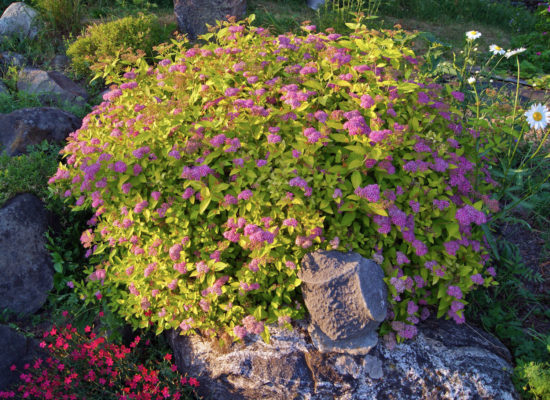
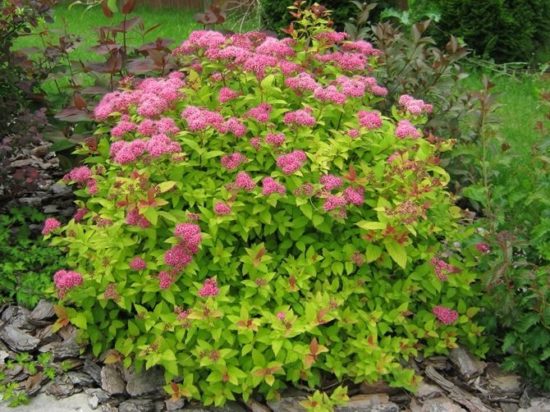
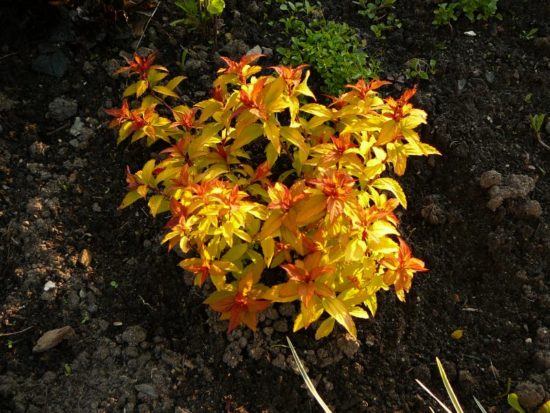
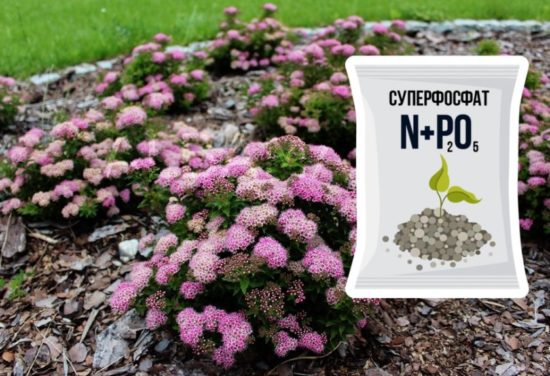
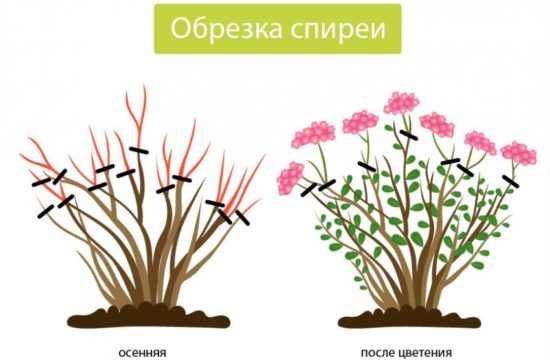
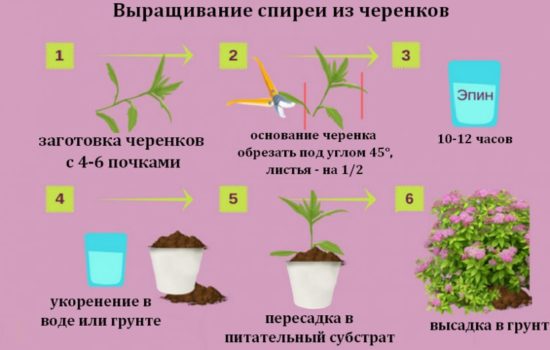
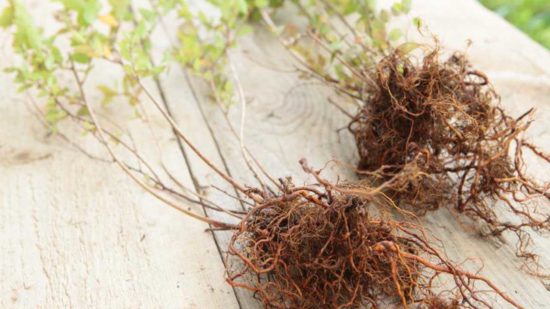
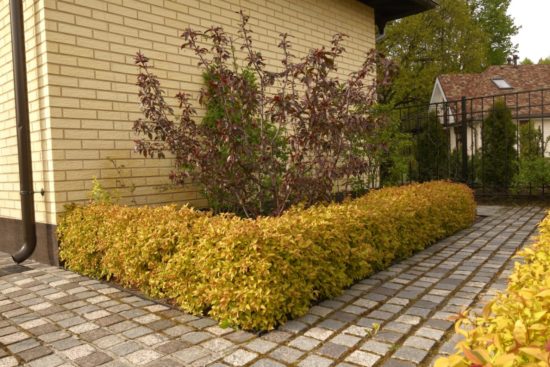
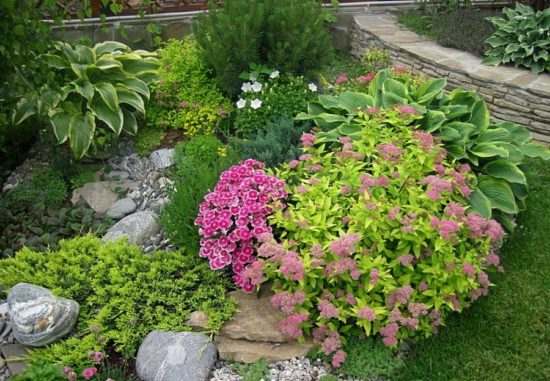
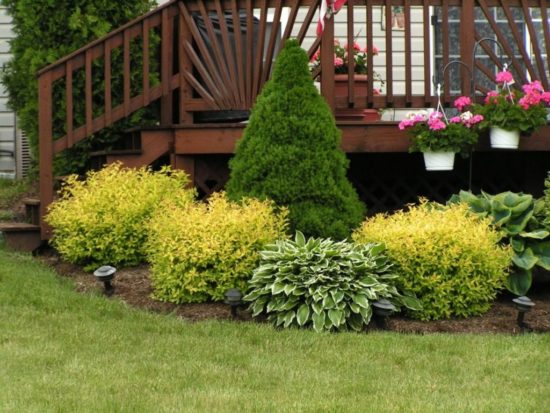


 CUCUMBERS NEVER GET SICK, I'VE BEEN USING ONLY THIS FOR 40 YEARS! I SHARE A SECRET WITH YOU, CUCUMBERS ARE LIKE THE PICTURE!
CUCUMBERS NEVER GET SICK, I'VE BEEN USING ONLY THIS FOR 40 YEARS! I SHARE A SECRET WITH YOU, CUCUMBERS ARE LIKE THE PICTURE! You can dig a bucket of potatoes from each bush. Do you think these are fairy tales? Watch the video
You can dig a bucket of potatoes from each bush. Do you think these are fairy tales? Watch the video
 How our fellow gardeners work in Korea. There is a lot to learn and just fun to watch.
How our fellow gardeners work in Korea. There is a lot to learn and just fun to watch. Eye trainer. The author claims that with daily viewing, vision is restored. They don't charge money for views.
Eye trainer. The author claims that with daily viewing, vision is restored. They don't charge money for views. A 3-ingredient cake recipe in 30 minutes is better than Napoleon. Simple and very tasty.
A 3-ingredient cake recipe in 30 minutes is better than Napoleon. Simple and very tasty. Therapeutic exercises for cervical osteochondrosis. A complete set of exercises.
Therapeutic exercises for cervical osteochondrosis. A complete set of exercises. Which indoor plants match your zodiac sign?
Which indoor plants match your zodiac sign? What about them? Excursion to German dachas.
What about them? Excursion to German dachas.
Spiraea is good both on its own and in combination with other plants. It looks great next to conifers and deciduous trees and shrubs: maple, viburnum, willow and lilac. But planting spirea close to a birch tree is undesirable, since the lush flowering of spirea will distract the eye from the tree. If you want to decorate a flower bed, then Japanese spirea is most suitable for this purpose, which goes well with delphiniums, lupines, weigela and daylilies. Yes, spirea makes a wonderful hedge. True, not very high. Japanese spirea, Arguta, Vangutta, Frobeli, Bumalda, average, densiflora and decumbens are best suited for this purpose.
Japanese spirea grows on our hill. They always cut it only in the spring and everything was fine, but this year they also cut it in the summer, after flowering. The plant did not like this very much; the bush almost dried up and only began to come to life in the fall.
Spiraea Japanese Crispa is an openwork low-growing shrub up to half a meter high and a little more wide, the crown is spherical, numerous erect shoots, inflorescences are flat umbrellas with a diameter of 5.5 cm of small soft pink flowers with a lilac tint, blooms from July 1.5-2 month.A hybrid of Douglas spirea and loosestrife - bush height up to 2 m, broadly lanceolate leaves up to 10 cm long, bright pink flowers, collected in narrow twenty-centimeter pyramidal-paniculate inflorescences. Blooms from mid-July.
Japanese spirea is my favorite shrub, on my ugly “hill”, it is the only bright spot. I admire her every day.